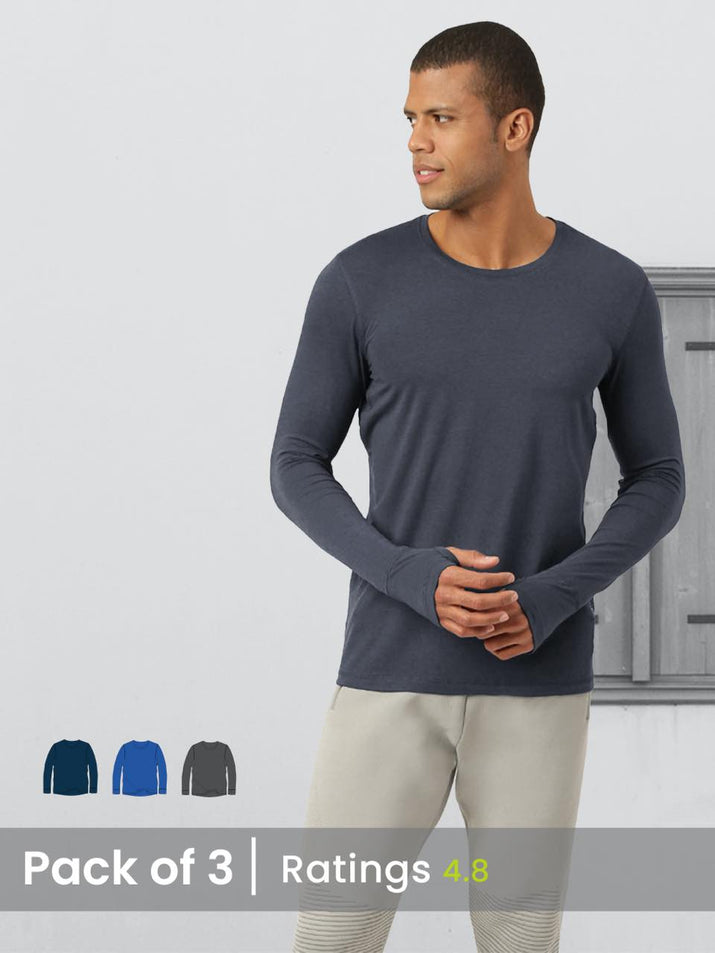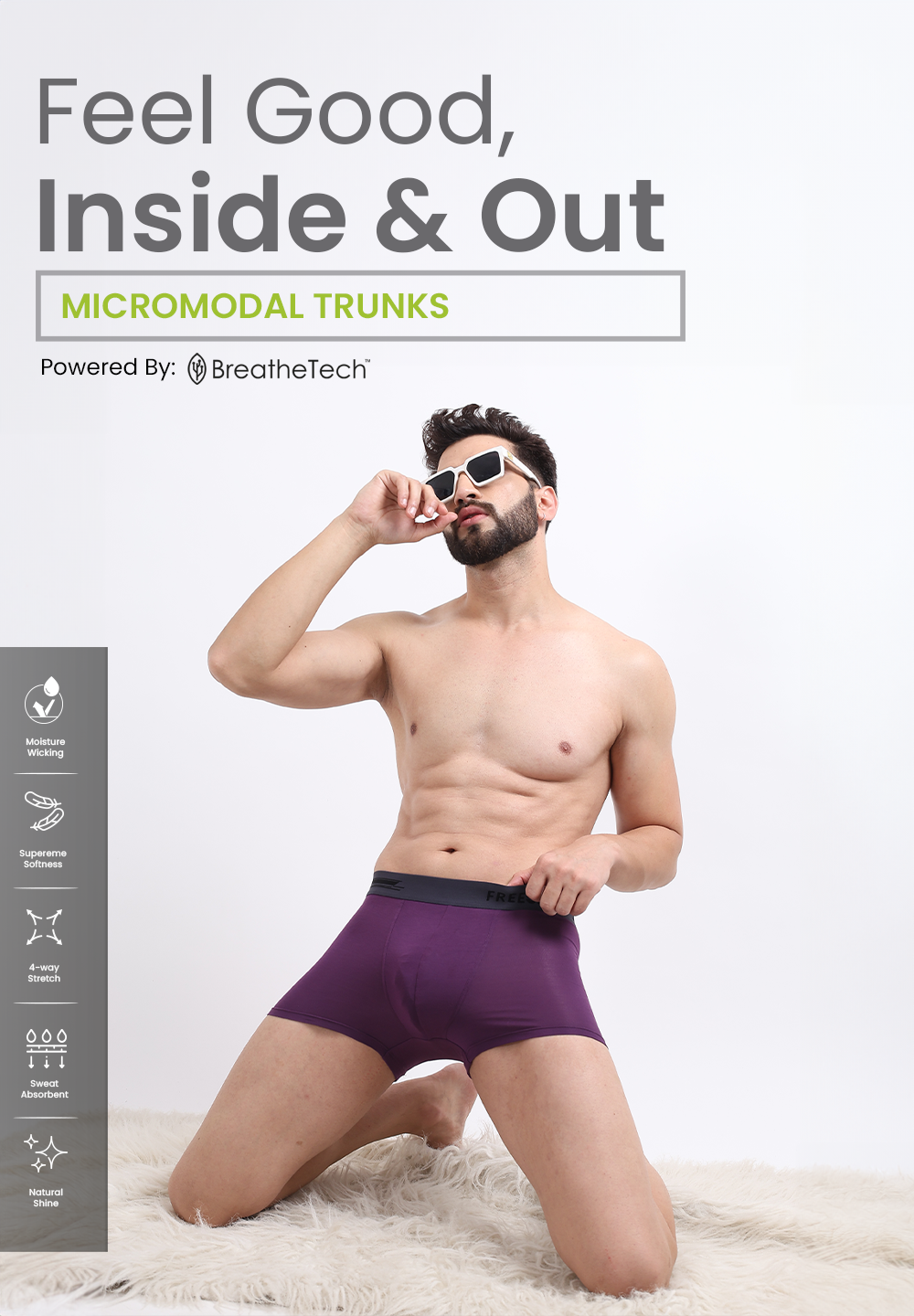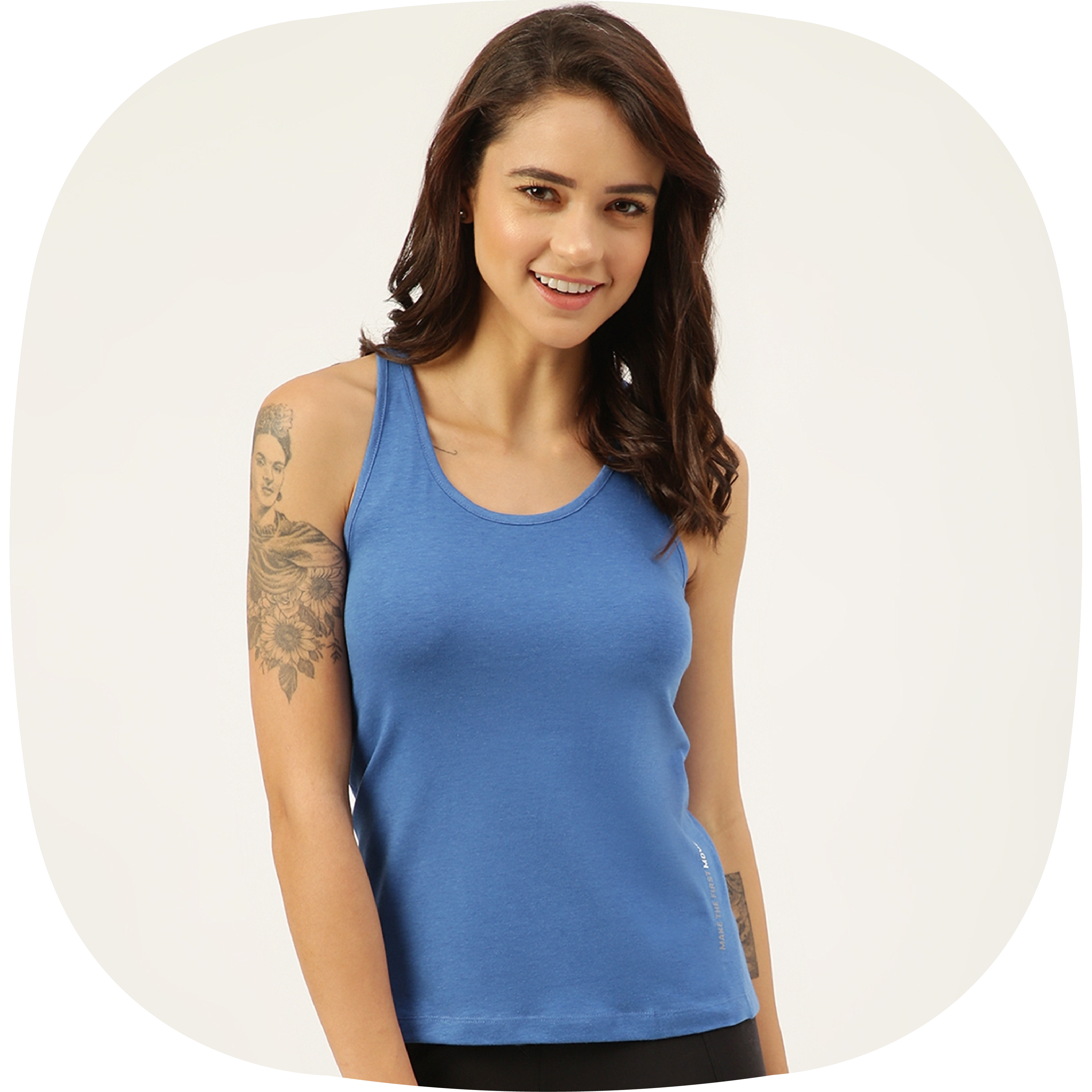Imagine a world where clothing anticipates your body's needs, proactively regulating temperature and enhancing performance. The emerging field of "skins" – garments engineered for second-skin feel and superior temperature regulation – is rapidly evolving, driven by advancements in smart textiles and responsive materials. Current challenges involve optimizing breathability alongside moisture-wicking capabilities, particularly in high-intensity activity scenarios. This exploration delves into the science underpinning these innovations, examining the use of phase-change materials (PCMs) and microfluidic cooling systems integrated within fabrics. We will uncover how these technologies maintain optimal thermal comfort by buffering against external temperature fluctuations and efficiently dissipating excess heat, pushing the boundaries of athletic apparel and beyond.

Understanding the Second-Skin Feel
The term "second-skin feel" in the context of activewear refers to clothing designed to fit snugly and move seamlessly with the body, almost as if it were a natural extension of the skin. This sensation is achieved through a combination of factors, including fabric selection, garment construction. Overall design. The goal is to minimize friction, maximize comfort. Enhance performance during physical activities.
- Fabric Selection: Typically, these garments are made from lightweight, breathable. Highly elastic materials like spandex (also known as elastane), nylon, polyester, or blends thereof. These fabrics offer excellent stretch and recovery, allowing the garment to conform to the body's contours without restricting movement.
- Garment Construction: Seams are often flatlocked or bonded to minimize chafing and irritation. The pattern design is carefully considered to allow for a full range of motion, with features like articulated elbows and knees.
- Overall Design: The cut and fit are crucial. Second-skin garments are designed to be close-fitting but not compressive, providing support without feeling restrictive. They often feature a minimalist design with minimal bulk to reduce distractions during activity.
The Science of Temperature Regulation
Temperature regulation is a critical aspect of athletic performance. The body's ability to maintain a stable core temperature is essential for optimal muscle function and preventing overheating or hypothermia. Clothing plays a significant role in this process. Several key mechanisms are involved:
- Evaporation: As sweat evaporates from the skin, it cools the body. Clothing that wicks moisture away from the skin promotes evaporation.
- Convection: The transfer of heat to the surrounding air. Loose-fitting clothing allows for greater air circulation, facilitating convective cooling.
- Conduction: The transfer of heat through direct contact. Clothing can either insulate the body (reducing heat loss in cold conditions) or allow heat to dissipate (promoting cooling in warm conditions).
- Radiation: The emission of heat in the form of infrared radiation. The color and material of clothing can affect its ability to radiate heat.
How Fabrics Facilitate Temperature Regulation
The choice of fabric is paramount in achieving effective temperature regulation. Here's a breakdown of common materials and their properties:
- Polyester: Known for its excellent wicking properties, polyester pulls moisture away from the skin, allowing it to evaporate more quickly. It's also durable and resistant to shrinking and stretching.
- Nylon: Similar to polyester in its wicking abilities, nylon is also highly durable and abrasion-resistant. It's often blended with other fibers to enhance comfort and stretch.
- Spandex (Elastane): While not a primary wicking fabric, spandex provides excellent stretch and recovery, allowing garments to conform to the body and facilitate moisture transfer. It's typically blended with other fibers.
- Merino Wool: A natural fiber with excellent temperature-regulating properties. Merino wool can absorb moisture vapor and release it slowly, keeping the skin dry and comfortable. It's also naturally odor-resistant.
- Synthetic Blends: Many activewear garments use blends of synthetic fibers to combine the benefits of each material. For example, a polyester-spandex blend might offer wicking, stretch. Durability.
Advanced Technologies in Temperature Regulation
Beyond the basic properties of fabrics, several advanced technologies are employed to enhance temperature regulation in activewear.
- Moisture-Wicking Finishes: These treatments are applied to fabrics to improve their ability to draw moisture away from the skin. They work by increasing the surface area of the fabric and reducing its surface tension, allowing water to spread out and evaporate more easily.
- Ventilation: Strategically placed mesh panels or perforations can enhance airflow and promote convective cooling. These features are often incorporated into areas where the body generates the most heat, such as the back, underarms. Chest.
- Phase Change Materials (PCMs): PCMs are substances that absorb or release heat as they change phase (e. G. , from solid to liquid). They can be incorporated into fabrics to help regulate body temperature by absorbing excess heat when the body is hot and releasing heat when the body is cold.
- Reflective Fabrics: These fabrics are designed to reflect sunlight, reducing the amount of heat absorbed by the body. They're particularly useful in hot, sunny conditions.
Comparison: Natural vs. Synthetic Fabrics for Temperature Regulation
| Feature | Natural Fabrics (e. G. , Merino Wool) | Synthetic Fabrics (e. G. , Polyester) |
|---|---|---|
| Moisture Wicking | Good, absorbs moisture vapor | Excellent, actively pulls moisture away |
| Breathability | Good | Good, can be enhanced with ventilation |
| Odor Resistance | Excellent (natural antimicrobial properties) | Poor (can retain odors) |
| Durability | Moderate | High |
| Price | Higher | Lower |
| Environmental Impact | Potentially lower (depending on farming practices) | Potentially higher (petroleum-based) |
Real-World Applications and Use Cases
The combination of second-skin feel and effective temperature regulation is crucial in a variety of applications:
- Running: Second-skin running apparel minimizes chafing and provides support, while moisture-wicking fabrics keep the body cool and dry.
- Cycling: Cycling jerseys and shorts often feature a close-fitting design to reduce wind resistance and improve aerodynamics. Temperature-regulating fabrics prevent overheating during intense efforts.
- Yoga and Pilates: Second-skin leggings and tops allow for a full range of motion without restriction, while breathable fabrics keep the body comfortable during hot and humid conditions.
- Outdoor Sports: Hiking, climbing. Skiing require clothing that can regulate body temperature in a wide range of conditions. Layering systems that include second-skin base layers are often used to manage moisture and maintain warmth.
- Medical Applications: Compression garments are used in medical settings to improve circulation, reduce swelling. Support muscles. These garments often feature temperature-regulating fabrics to enhance comfort. For example, burn victims sometimes wear specialized compression garments to aid in healing and scar management. These garments need to be comfortable and breathable to promote long-term wear.
The Future of Second-Skin Fabrics and Temperature Regulation
The field of activewear is constantly evolving, with new technologies and materials being developed to further enhance performance and comfort. Some emerging trends include:
- Smart Fabrics: Fabrics that incorporate sensors and electronics to monitor physiological data, such as heart rate, body temperature. Sweat rate. This insights can be used to provide real-time feedback to athletes and optimize training.
- 3D-Printed Apparel: 3D printing allows for the creation of custom-fit garments with tailored ventilation and support. This technology has the potential to revolutionize the way activewear is designed and manufactured.
- Sustainable Materials: There is a growing demand for activewear made from sustainable materials, such as recycled polyester, organic cotton. Bio-based fibers. These materials offer a lower environmental impact without sacrificing performance.
- Personalized Temperature Regulation: Future activewear may be able to adapt to individual needs and environmental conditions, providing personalized temperature regulation based on factors such as activity level, climate. Personal preferences.
Conclusion
Understanding the science behind second-skin fabrics and their temperature regulation capabilities is no longer a luxury, it's a necessity for optimal comfort and performance. We've explored how advanced materials mimic our skin's natural functions, providing breathability and moisture-wicking properties that keep us cool and dry. As an expert, I've personally found that investing in high-quality base layers made from these innovative fabrics significantly enhances my overall experience, whether I'm hiking in the mountains or simply navigating a busy day in the city. While initial cost can be a deterrent, remember that longevity and performance outweigh fleeting trends. Look for certifications that guarantee fabric quality and ethical production. By embracing these advancements, we can all experience the liberating comfort and confidence that second-skin apparel provides. Don't underestimate the power of feeling good in your own skin. The clothing that supports it!
More Articles
Women's Cotton Boxers for Women Anti Chafing – Breathable Comfort & All-Day Smoothness
Women's Seamless Boxers for Women Soft – All-Day Comfort & Invisible Under Clothes
Women's Seamless Boy Shorts for Women Comfortable – No Panty Lines & Smooth Fit
Men's Antibacterial Brief – Odor Protection & All Day Freshness
Men's Snug Fit Trunks – Supportive Comfort & Streamlined Silhouette
FAQs
Okay, so 'second-skin feel' sounds kinda weird. What does that actually mean?
Haha, I get it! It's not, like, you're literally growing another skin. It just means the fabric is so lightweight and fits so well that you barely notice you're wearing it. Think super soft, stretchy. Form-fitting without being constricting.
How does this 'temperature regulation' thing work? I'm always either freezing or melting.
, the fabric is designed to wick away sweat and moisture from your skin, which helps keep you cool when you're active. When it's colder, the fabric provides a thin layer of insulation to help retain some heat. It's all about balance – keeping you comfortable in a wider range of conditions.
Will these 'second-skin' clothes make me look like a sausage?
Not necessarily! The key is finding the right fit and fabric. Look for materials with good stretch and recovery. Also, darker colors and strategic seams can be your best friends. They shouldn't be skin-tight to the point of discomfort or bulging; the goal is a smooth, streamlined silhouette.
So, can I wear this stuff year-round?
Potentially! It really depends on the specific fabric and how you layer. Lighter-weight versions are fantastic for summer workouts, while thicker options can be a great base layer in colder weather. Think of it as versatile, rather than a one-season wonder.
Is it all just for athletes, or can I wear this stuff casually?
Definitely not just for athletes! While it's popular for workouts, the comfort and sleek look make it great for everyday wear too. Think leggings with a tunic, or a fitted long-sleeve shirt under a jacket. It's all about how you style it.
What kind of material are we talking about here?
Usually, you'll see a blend of synthetic fibers like polyester, nylon. Spandex (or Lycra). These materials are chosen for their stretch, moisture-wicking properties. Durability. Sometimes you'll find blends with natural fibers like merino wool for added warmth and odor control.
Does this stuff need special washing instructions? I'm terrible at laundry.
Good question! Generally, it's best to wash these items inside out on a gentle cycle with cold water. Avoid fabric softeners and bleach, as they can damage the fibers and affect the performance of the fabric. Air drying is usually recommended to prevent shrinking or damage from the dryer's heat.






